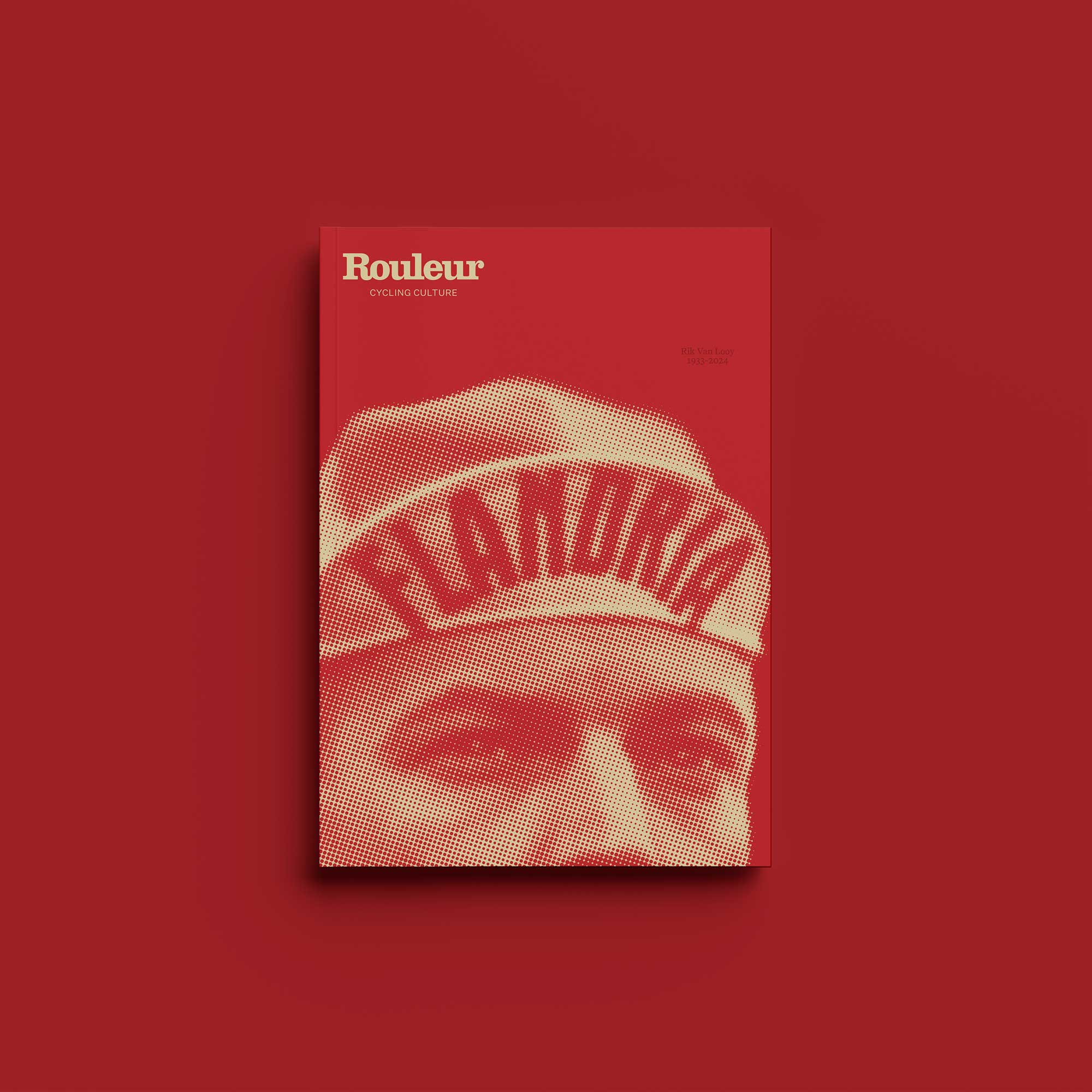There was tension, there were roundabouts, there was road furniture, there were crashes, there were close calls, yet still the powerful, looming figure of Jonathan Milan emerged victorious. When the Italian opened up his sprint in the final metres of stage 11 in this year's Giro d'Italia, there was no stopping all six foot three of him from edging his wheel in front of his rivals first to take his second stage victory of the race. The fastest sprinter in the peloton? It’s hard to argue against Jonathan Milan being awarded that title after his performance today. But how does the Lidl-Trek rider do it?
There is certainly something unique about Milan’s sprinting style. His shoulders bob up and down as he pushes watts through the pedals with an unusually high cadence – likely a result of the time he’s spent on the velodrome as part of Italy’s team pursuit squad – and Milan never seems to run out of gas. In stage 11 of the Giro, for example, other sprinters faded in the head wind, yet Milan didn’t seem to falter. In his post-race press conference, he looked as fresh as a daisy.
In the past, successful sprinters such as Mark Cavendish or Alessandro Petacchi have won races as a result of a lightning fast, short burst of speed. Most fast men used to rely on being delivered to the finish after a perfect leadout train, so that they’d get the opportunity to show off their legs in the final metres of the race. Teams like HTC-Highroad or Fassa Bortolo would have a train of seven riders in front of their sprinter in the latter parts of a Grand Tour stage – it would be up to them to control things and ensure that he had an armchair ride to the finish. In the modern peloton, however, things have changed – and Jonathan Milan likes that.
Stage 11 was the perfect example of the new style of bunch sprints that are much more common in today’s racing. It wasn’t Milan’s team – or any other sprint team – on the front of the peloton in the closing kilometres, but instead, the best-drilled squad was the Ineos Grenadiers who were at the front simply to protect their GC man, Geraint Thomas. Behind them, the sprint teams moved in pockets of twos and threes through the bunch, with no dominant presence at the front of the race.

This isn’t necessarily a sign that the sprint teams now are weaker than the days of HTC-Highroad or Fassa Bortolo, but instead it’s an indication of the increased speed and growing strength of the collective peloton. Now, there are so many sprinters in contention for victory that there isn’t space for every strong sprint team to have a line of eight riders coming into the finish. In addition, the speed of the finales makes this nearly impossible. Sprinters today are expected, to a certain degree, to make their own way through the peloton, relying on just a couple of teammates to help them get there. This means making moves to the front later and surfing the wheels for much longer.
Naturally, this makes the peloton more chaotic and dangerous behind – there’s a lack of structure and order. Some sprinters don’t perform as well in these conditions, but others are able to embrace the disorder, finding lines through the bunch and battling to hold their positions. Milan, as he proved today, is one of those riders. The 23-year-old’s physical ability to produce such a long, powerful sprint is also an asset here: Milan doesn’t need to be delivered to the finish so he only has to pedal for the last 50 metres. He can go earlier and hold that speed to the end.
Milan’s Lidl-Trek teammate, Edward Theuns said it himself at the finish, explaining to Eurosport that the sprint on stage 11 was “very hectic” in the finale and that he “didn’t really have the feeling [he] could do anything.”
“In the end we tried to stay together, but I think we lost each other a little bit,” the Belgian said.
The good thing for Lidl-Trek is that when you have a sprinter like Milan, it doesn’t matter if you lose each other in the finale. The ‘Bull of Buja’ can skirt wheels and get his elbows out to find his own way to the front, and once he gets a clear run at the line, his sprint is long and powerful enough to make it count. Milan is a very different sprinter to a rider like Mark Cavendish, for example, but it seems he’s perhaps even better suited to the demands of a fast man in the modern peloton.
Two stage wins in the bag in this year’s Giro? Complimenti, Jonathan Milan.






























